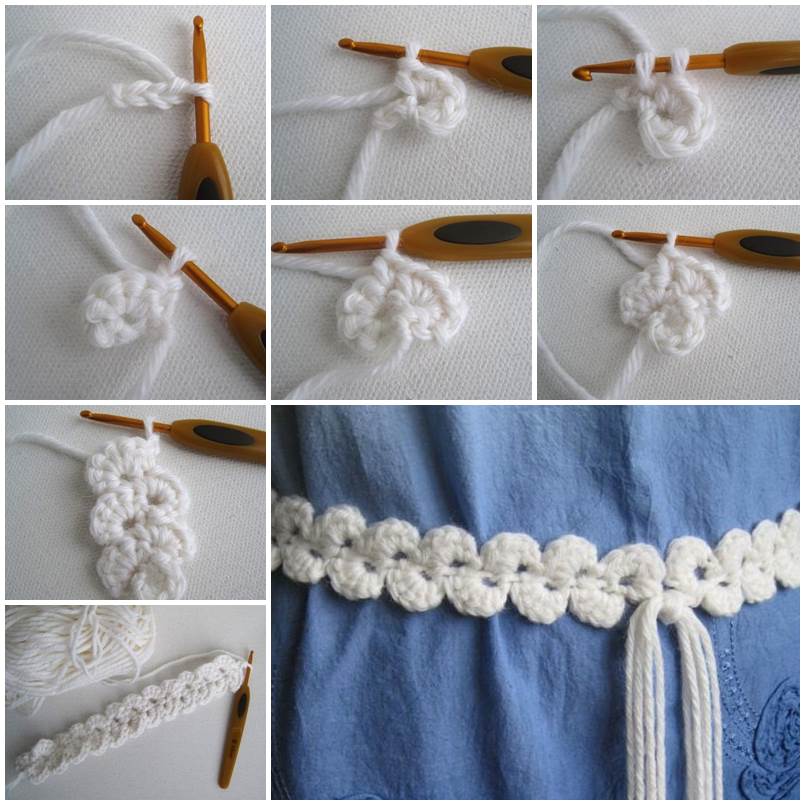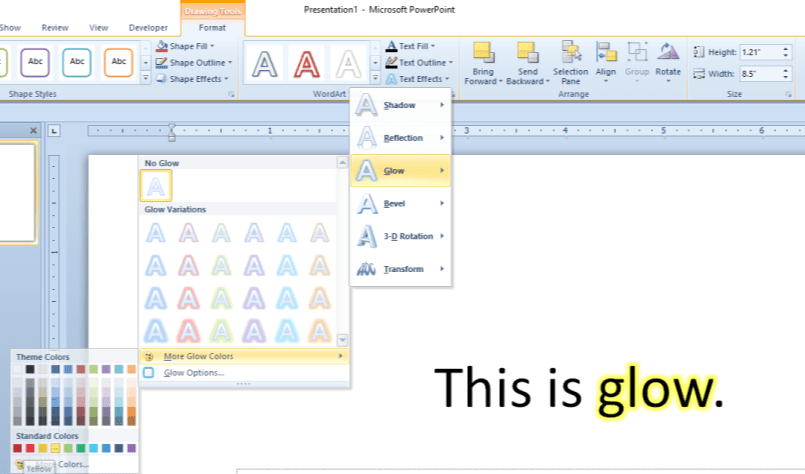
IMPORTANT: Be sure to create a character style in the same way, but call it Shading None and apply No Color to the fill. To use it, just select the text you want to have a blue background, and click the Shading Blue style.Ĭreate the remaining character styles until you have enough different shades (Aqua, Lilac, Pink, Peach, Yellow, Tan, etc.). Now you will see you have a Shading Blue character style in the Styles menu. In the left side under Fill, create your desired color shade, then on the right side, be sure it applies to Text. Click the Format button at the bottom of the dialog box, select Borders, and then select the Shading tab.

Give it a descriptive title, such as Shading Blue. Create a new character style based on (underlying properties), which is at the top of the Style Based On list. This is important in making this feature user-friendly.Īt the bottom of the Styles menu, click the New Styles icon.

In a blank document, display the Styles menu by clicking the down arrow on the Home tab Styles area. In general terms, Word 2016, this is what you do: However, both issues can be resolved as follows:

Using shading instead of highlighting gives more options for colors, but has two shortcomings: You cannot search and replace with shading the way you can with highlighting, and it's a bit clumsier to use than highlighting because you have to create your desired colors in every document.


 0 kommentar(er)
0 kommentar(er)
